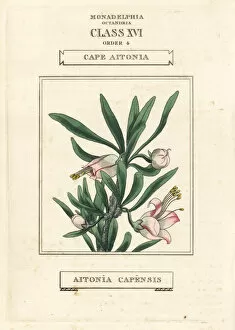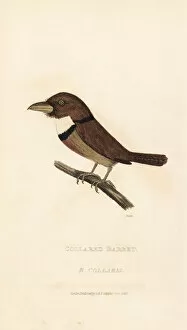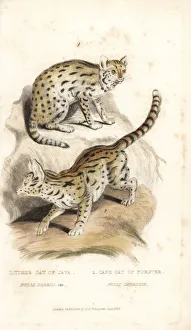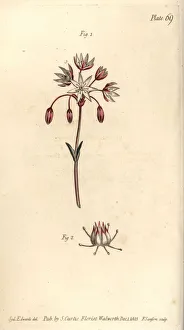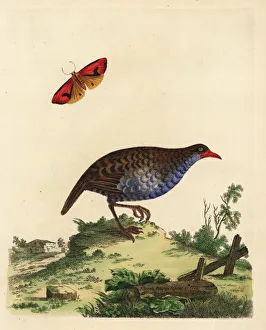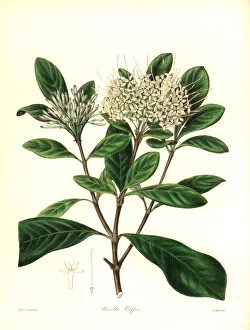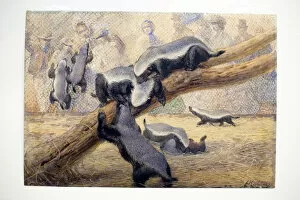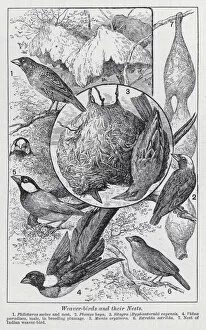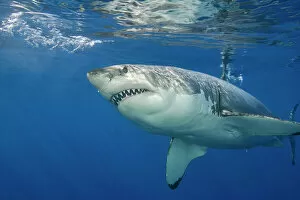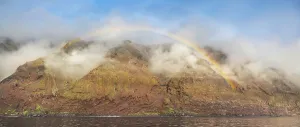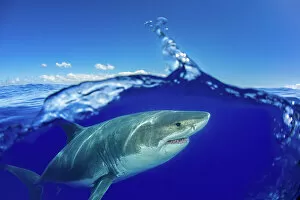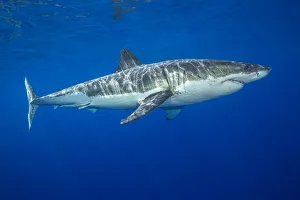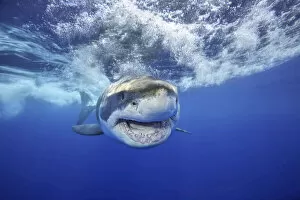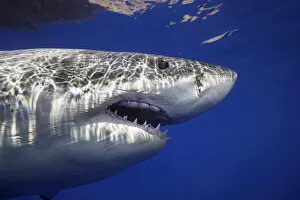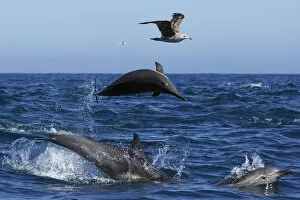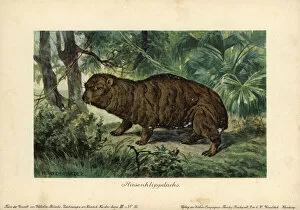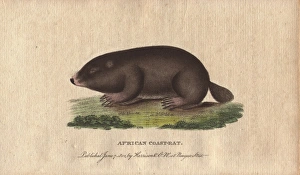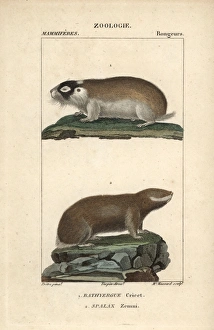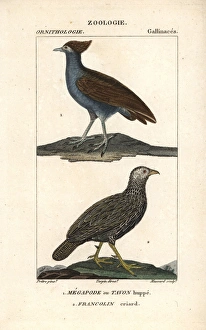Capensis Collection (page 2)
"Capensis: A Fascinating World of Bewick and Honey Badgers" In the vast realm of wildlife, few creatures captivate our attention quite like the capensis. Picture No
All Professionally Made to Order for Quick Shipping
"Capensis: A Fascinating World of Bewick and Honey Badgers" In the vast realm of wildlife, few creatures captivate our attention quite like the capensis. Picture No. 10877827 unveils a mesmerizing scene featuring Jacky lashtail, Amphibolurus muricatus, showcasing their vibrant colors amidst a backdrop of nature's splendor. But it is the honey badger that truly steals the show in this captivating narrative. Mellivora capensis, known for its tenacity and fearlessness, emerges as a force to be reckoned with alongside grison in Picture No. 10899075. These resilient creatures epitomize strength and adaptability in their relentless pursuit for survival. Picture No. 10899075 also highlights an intriguing encounter between Mellivora capensis and least - an extraordinary moment where two species intertwine in a delicate dance of curiosity and caution. Amidst these remarkable tales lies another enigmatic character - the Great White Shark off Mexico's coast (DDE-90036898). This apex predator commands respect with its sheer size and power, reminding us of nature's intricate balance. As we delve deeper into this world brimming with wonders, Pictures DDE-90025733, DDE-90022611, DDE-90022375, and DDE-90022069 offer glimpses into diverse ecosystems where capensis thrives harmoniously alongside other fascinating beings. From Bewick to Honey Badgers alike, Capensis unravels stories that transcend boundaries – tales of resilience against all odds; tales that remind us how interconnected every living being is on this planet we call home.

